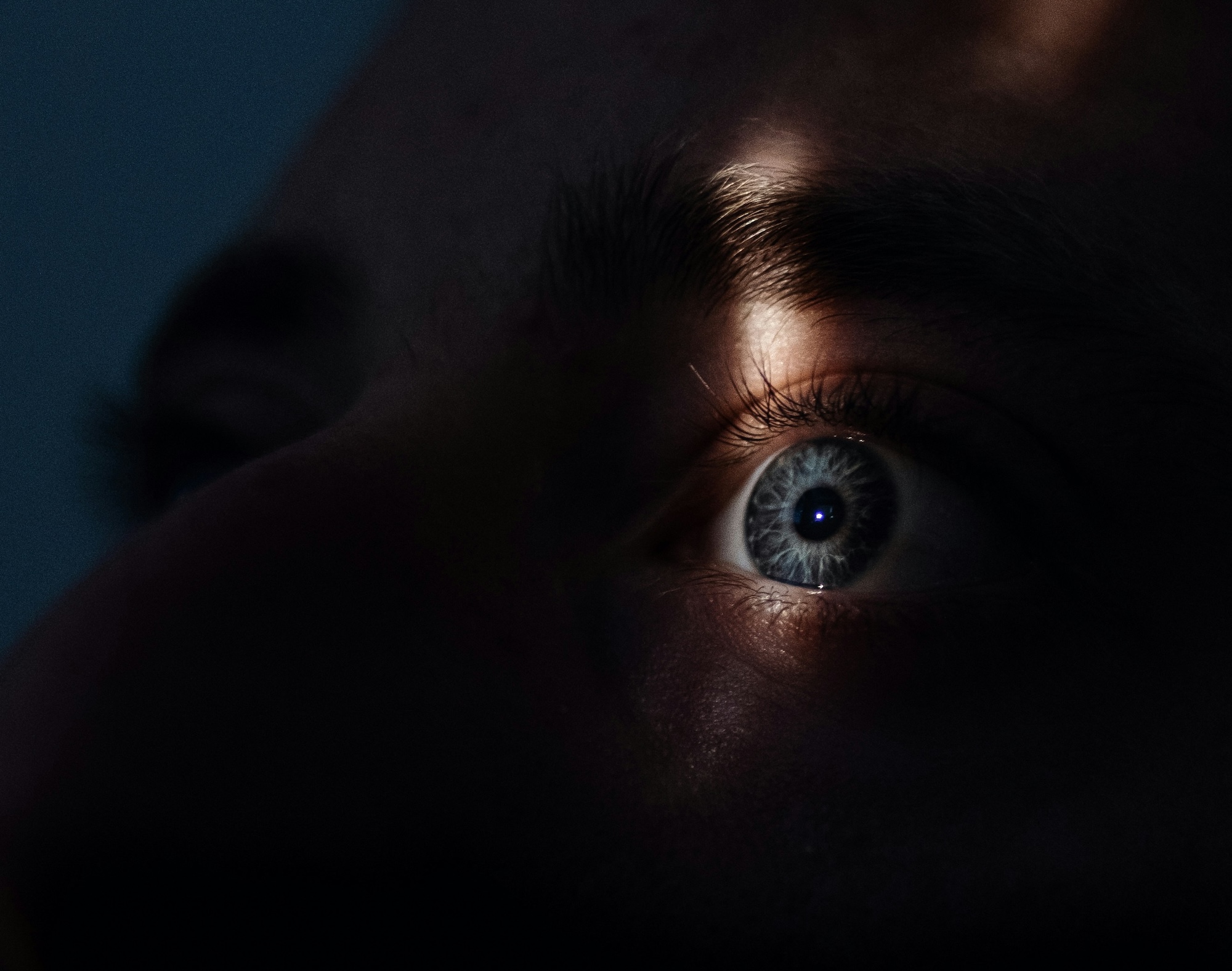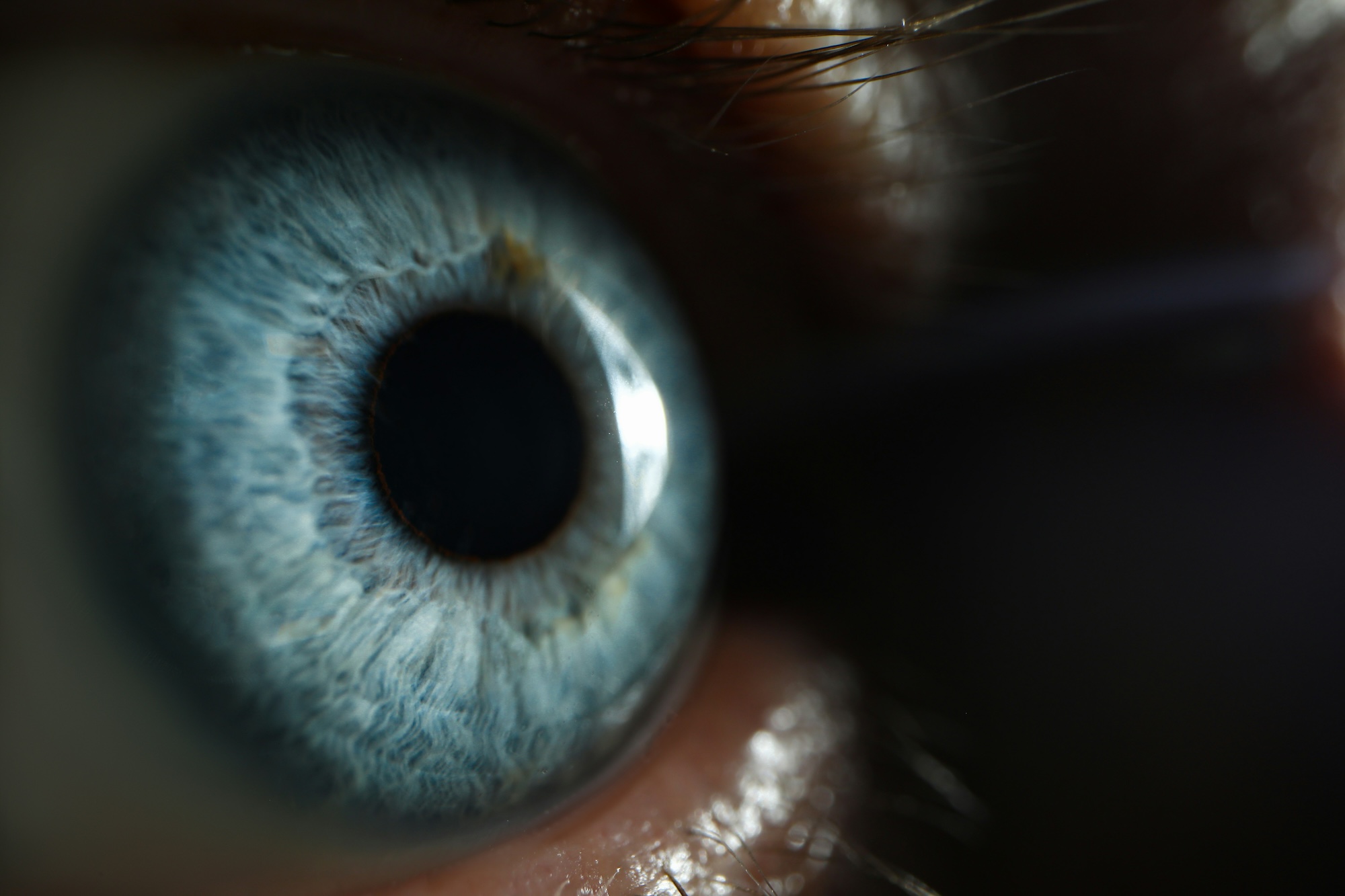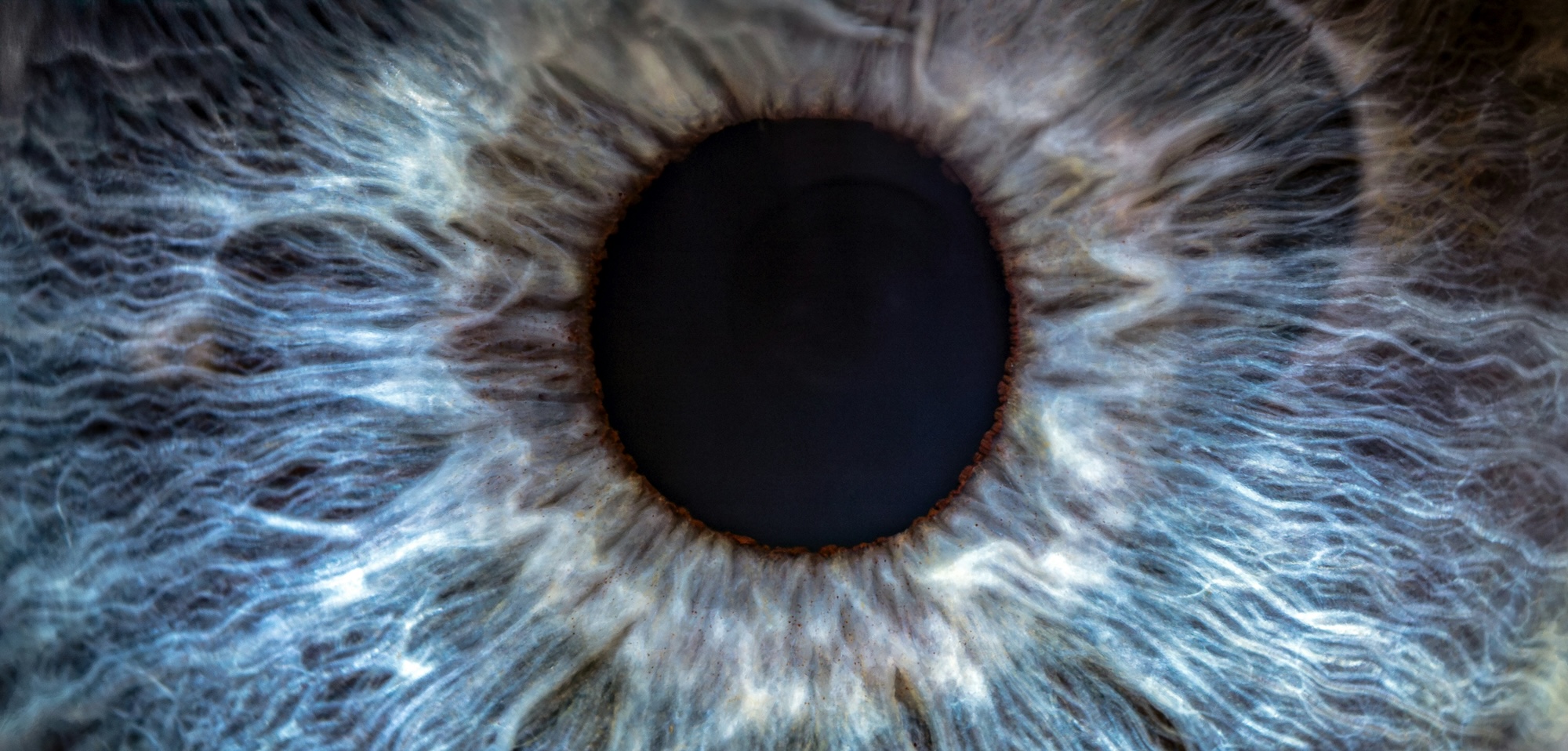Image by Artyom Korshunov
To design well, we need to understand that attention is layered, dynamic, and deeply human.
We live in an attention economy. Our minds are constantly bombarded by sensory overload, notifications, and digital distractions. But what if we could design experiences that don’t fight for attention, but instead respect it? What if we could help people manage their focus in a way that doesn’t feel intrusive, but thoughtful and supportive?
This is the heart of calm design: designing for mindfulness, presence, and sustainable engagement. It asks us not only to reduce distractions, but to engage with attention as something tender, layered, and deeply human.

Image by patrick untersee
The Many Faces of Attention
Attention is not a single switch we turn on or off. It shifts. It deepens and withdraws. It gets tired. It’s pulled and pushed by inner intention and outer stimulation. And it comes in different forms, each with its own rhythm.
Understanding these forms is key if we want to design with care.
1. Selective Attention: Tuning In, Tuning Out
Selective attention is what allows you to focus on one voice in a crowded room, or one task among many open tabs. It’s how we filter what matters from the noise. In design, we often use this to guide people toward important information. But calm design takes a different approach: instead of grabbing attention, it clears space for it to land.
2. Divided Attention: The Juggling Act
Divided attention is what we rely on when we try to do many things at once. But true multitasking is mostly a myth. Studies show that splitting our focus can lower productivity and lead to errors and fatigue. Calm design acknowledges this limit. It avoids putting users in environments where they must juggle multiple threads. Instead, it allows for depth by honoring the value of doing one thing at a time.
3. Sustained Attention: The Marathon of Focus
Sustained attention is what you need for long, focused work or deep thinking. It’s the focus you need when you’re solving a complex problem, reading a long article, or working on a challenging project. But it’s fragile. Disruptions, however small, can break it. Researchers have found that our average attention span on a task is only around 25 minutes before it begins to wane. Calm design supports sustained focus by breaking content into natural segments, offering pauses, and minimizing unnecessary input.
4. Executive Attention: The Guide Within
Executive attention is what helps us manage our focus. It’s the mental “air traffic controller.” It lets us prioritize, plan, make decisions, and resist temptations. It’s the attention that says, “Stay with this; don’t get distracted.” In calm design, we support executive attention by reducing decision fatigue and streamlining the paths people can take. Clear choices and meaningful hierarchies help people move forward without feeling lost or overwhelmed by too many options.

Image by getty images
Hidden Layers of Attention
Beyond these categories, attention also flows through deeper layers. Each one speaks a different language, and calm design listens to them all.
Bottom-up Attention: The Pull of the Unexpected
It is also called automatic attention. This is the attention that gets pulled by a ping, a flash, a movement. It’s fast, instinctual, and hard to ignore. Most digital environments rely on this kind of attention to keep us engaged. But too much of it makes us feel restless and drained. Calm design uses it with restraint. It swaps alerts for nudges and interruptions for gentle cues, creating space for people to come back to themselves.
Top-down Attention: The Power of Intention
It’s what happens when we consciously decide where to focus, like reading an article or solving a puzzle. We set a goal and follow through: it’s goal-directed attention. It’s powerful, but it requires energy. When experiences are cluttered or confusing, we lose this intentional focus. Calm design clears the path. It favors clarity, intuitive flow, and organization so people can stay with their intention longer, without unnecessary distractions.
Emotional Attention: What Moves Us
Emotional attention is driven by affective relevance. It’s what makes us turn our head when we see a loved one or causes us to react when we hear a baby cry: our attention is drawn to what we care about. Emotion sharpens our focus, but it also makes us vulnerable. Calm design uses emotional cues not to manipulate, but to connect. A sense of care, a moment of beauty, a feeling of being seen—these foster trust and presence. They invite users into a space where their feelings are acknowledged, not exploited.
Cognitive Attention: Thinking with Care
This is the attention we give to complex thought, learning, and reflection. It’s where real engagement lives. But it needs the right environment, free from noise and built for flow. Calm design creates that environment. It gives shape to attention by respecting the pace at which we think and the effort it takes to stay engaged. It turns information into meaning. It’s design for long-term engagement and productive immersion, not just quick clicks.

Image by Dustin Humes
From Theory to Practice: Designing for Calm Attention
Designing for calm means working with attention, not against it. It asks us to respect attention not as a resource to capture, but as a relationship to nurture. Here’s how:
- Make Attention Flow: Structure information in ways that mirror the natural rhythms of the mind. Let information unfold gradually. Let ideas breathe. Flow happens when nothing gets in the way.
- Reduce Multitasking: Multitasking is a cognitive killer. Simplicity is cognitive relief. By minimizing the number of things users must track, we allow their focus to deepen.
- Honor Emotion: The emotional aspects of attention are powerful. Calm design uses emotion not as a gimmick, but as a tool to create empathetic, user-centered experiences that resonate on a deeper level. Use emotional cues to offer warmth and empathy, not to manipulate emotions. Design should feel supportive, not exploitative.
- Give the Mind Time to Breathe: Sustained attention is a marathon, not a sprint. Small pauses, visual stillness, and spaciousness give users a moment to catch their breath. Calm design invites reflection instead of rushing to the next thing.
Attention as a Creative Material
Attention is not something we take. It’s something people give. And what they give, they should give freely, with a sense of agency and calm.
Designing for attention doesn’t mean grabbing it. It means holding it gently. It means creating spaces where focus can grow, where presence is possible, and where users don’t feel pulled in a dozen directions.
Calm design is not about designing less. It’s about designing with more care. Because in a world that demands so much of our attention, the most radical thing we can do is treat it with respect.



